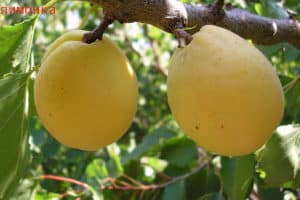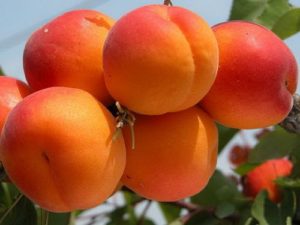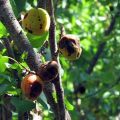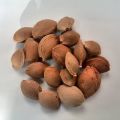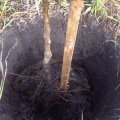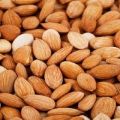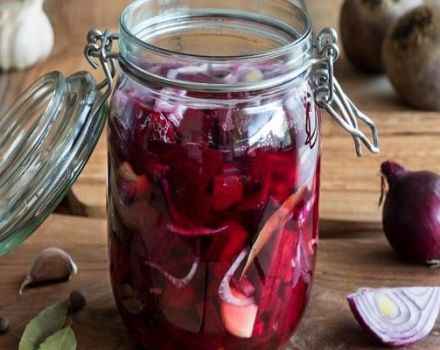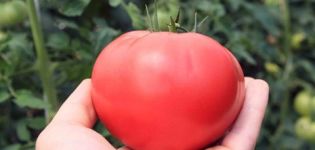Description of early and late varieties of apricots Melitopolsky, history of selection and yield
Even if the garden plot is located in a cold climatic zone, it is necessary to plant an apricot tree. The plant will become a decoration of the garden and will delight you with amazingly tasty fruits. When choosing seedlings, you should pay attention to the Melitopol apricot variety. It is highly valued for its constant high yield and good winter hardiness. The fruits are suitable for transportation and long-term storage.
The history of the origin of the variety
In 1947, Ukrainian breeders in the city of Melitopol bred a new apricot variety, which appeared thanks to the crossing of crops:
- Western European - Red-cheeked, which is self-fertile;
- Central Asian - Akhrori, which belongs to the self-infertile.
The newly bred variety turned out to be self-fertile. Since 1980 it has been recommended for cultivation in private and industrial gardens.
Description of the variety
There are two varieties of the variety:
- early;
- late.
Each variety has its own distinctive features. Description of the early variety:
- frost-resistant;
- excellent taste of apricots;
- medium-sized fruits weighing 40 grams;
- the shape of the fruit is oval;
- the crown is thick;
- height up to 6 meters;
- the taste is sweet;
- the pulp is juicy, without fibers, orange;
- the seed is easily separated, this feature allows you to quickly process the crop;
- fruits are universal, suitable for canning and fresh consumption.
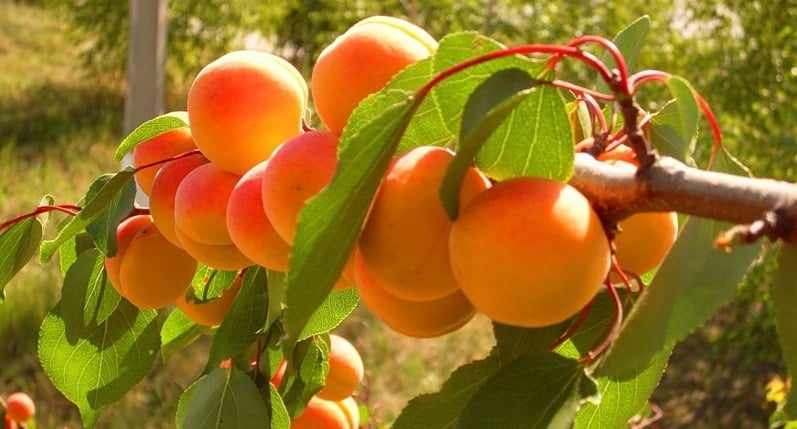
The disadvantages include poor transportability. The fruits are recommended to be removed from the tree and processed immediately. With a strong crown thickening, fruiting indicators deteriorate significantly.
Description of the late apricot variety:
- is characterized by rapid growth;
- wide oval crown;
- bears fruit from the 5th year;
- maximum fruit weight 60 grams;
- the shape of the apricots is oval;
- the pulp is orange, sweet and sour;
- fruits are high in vitamin C;
- suitable for canning;
- the harvest requires careful handling, with mechanical damage, the fruits quickly rot;
- has protection against low temperatures;
- resistant to disease.
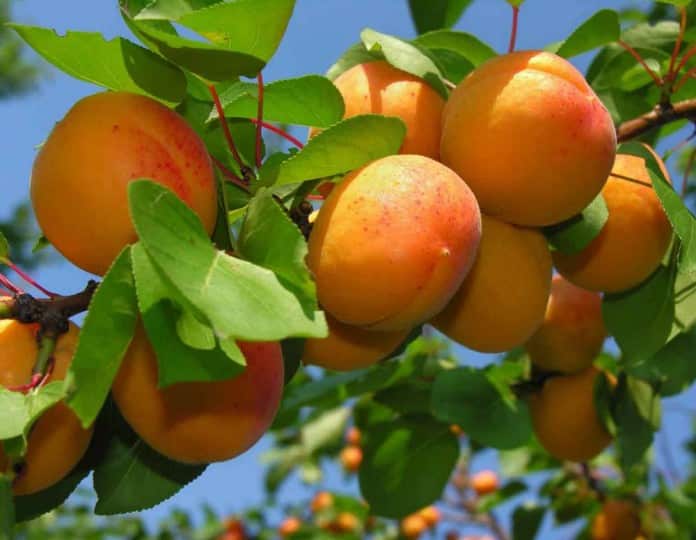
Melitopol apricots require regular pruning, which will increase the amount of the crop.
Specifications
Main characteristics:
- an adult tree of an early ripening period yields about 100 kilograms, a late one - 50 kilograms;
- both varieties have good frost resistance;
- have resistance to the most common apricot diseases;
- trees perfectly tolerate hot weather without regular watering;
- the variety belongs to long-livers, bears fruit for about 50 years.

The fruit grows of good quality and has sufficient transportability. Trees are resistant to sudden changes in temperature.
Growing features
Before buying seedlings, you need to study the intricacies of planting and caring for the crop. A distance of 3 meters is maintained between plants.
Planting and leaving
It is best to plant seedlings in the spring. When landing, follow the recommendations:
- the planting pit is prepared in the spring, drainage is poured at the bottom, which removes excess moisture from the roots, gravel, crushed stone, brick fight are suitable;
- a nutritious soil with humus and fertilizer is spread on top, wood ash, superphosphate, saltpeter, lime are used as fertilizer;
- the roots of the seedling are covered with the prepared soil mixture;
- the plant is tied to a peg, which helps to fix the seedling in an upright position;
- pour two buckets of water.
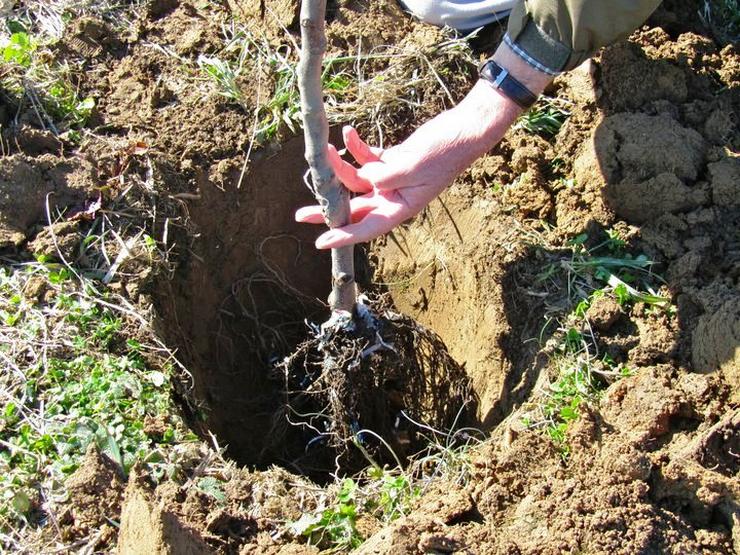
The care includes:
- crown formation;
- periodic watering;
- timely feeding;
- preventive spraying against pests and diseases.
Trees planted in a well-lit area will result in a more bountiful harvest, fruits will ripen faster, and seedlings will take root better.
Pruning
In the last days of March or the first decade of April, pruning is done with simple garden pruners. To prevent the development of diseases, the cut is coated with garden varnish; garden paint is also suitable for these purposes.
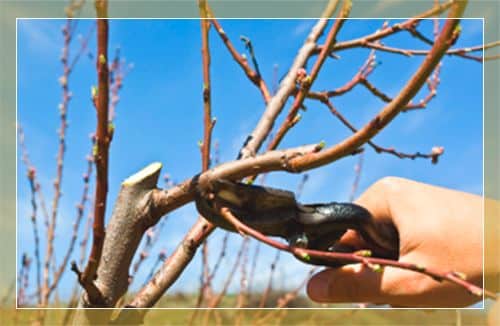
Disease and pest control
The variety is relatively resistant to disease. Possible diseases:
- Moniliosis. It appears on plants growing on waterlogged soils and during heavy rains.
- Gray rot. To prevent it, it is sprayed with a solution of Bordeaux liquid, copper or iron sulfate. The preparations "Quadris" and "Horus" are also suitable.
- Clasterosporium disease. The affected parts are cut off and burned. The tree is treated with Bordeaux liquid.
In the spring, traps are set on the trunk against pests and the plant is treated with special preparations. To protect trees in winter from rodents, the trunks are covered with a spruce forest.
Harvest storage
For long storage suitable for unripe apricotscollected from the tree. To increase the keeping quality of the fruit, each fruit is wrapped in paper. Store in a dry basement for about two months.
For transportation, ripe, hard fruits are removed, which are placed in a box in a maximum of two layers. In the refrigerator, the crop can be stored for about a month. Soft, overripe specimens must be recycled immediately.
